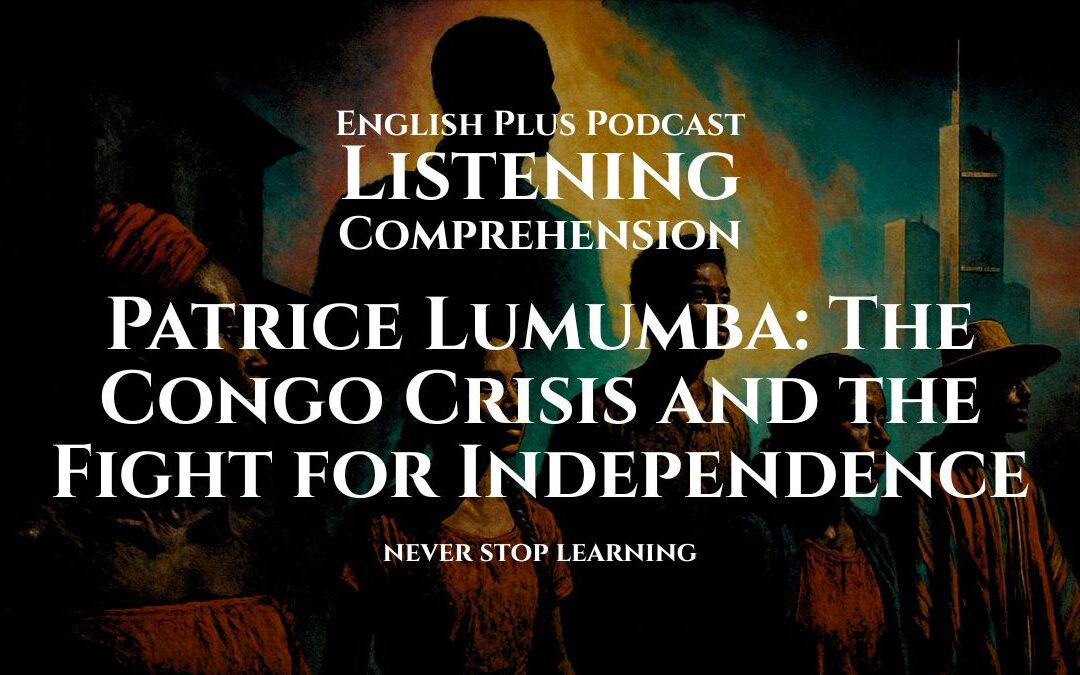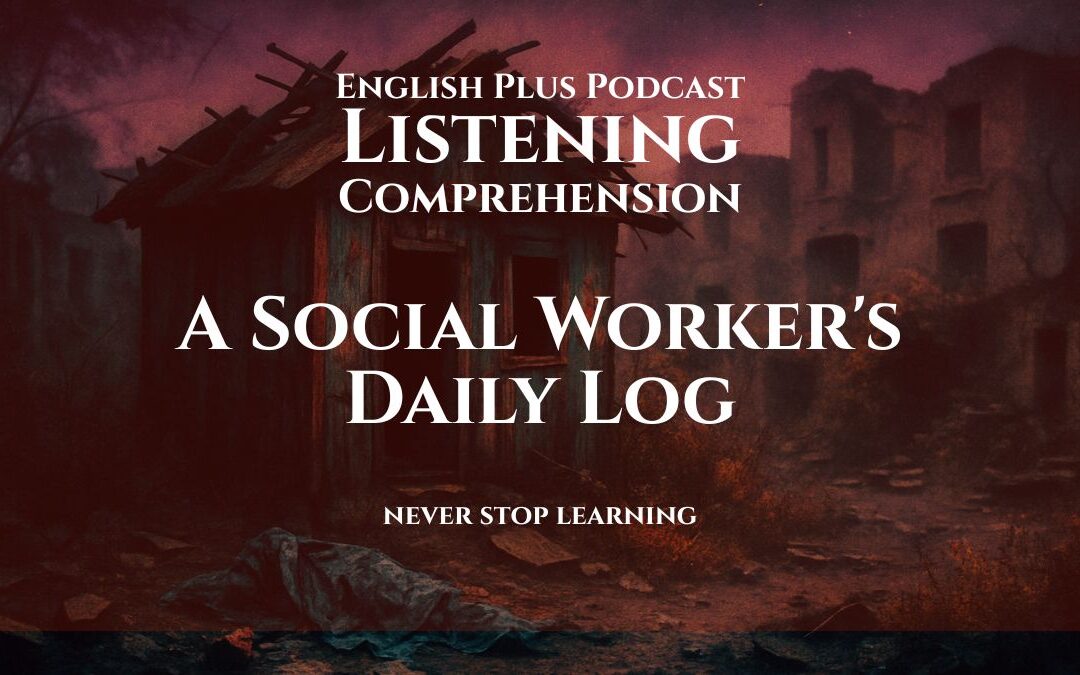Introduction
The fall of the Roman Empire has captivated historians, scholars, and enthusiasts for centuries, and for good reason. The end of the most powerful and influential empire of the ancient world heralded the dawn of the Middle Ages, shaping the political, social, and cultural landscape of Europe for centuries to come. This article delves into the factors that led to the collapse of the Roman Empire, and the profound impact its fall had on Europe.
I. Causes of the Fall
A complex mix of political, economic, military, and social factors contributed to the decline and eventual collapse of the Roman Empire. Some of the most significant causes include:
1. Political instability:
The Roman Empire faced a long series of weak and ineffective rulers, as well as frequent power struggles and assassinations. This lack of strong leadership and constant turmoil undermined the empire’s ability to effectively govern its vast territories.
2. Economic troubles:
As the empire expanded, it faced increased costs in maintaining its military, infrastructure, and bureaucracy. High taxes and rampant inflation led to economic instability, while the declining agricultural production caused food shortages and an overreliance on imports.
3. Military defeats and external pressures:
Barbarian invasions, particularly by the Visigoths, Vandals, and Huns, weakened the empire’s borders and strained its military resources. Simultaneously, internal corruption, reliance on mercenaries, and a lack of discipline among the soldiers diminished the once-legendary Roman military prowess.
4. Social decay:
Moral decline, a loss of traditional Roman values, and a widening gap between the rich and the poor contributed to a breakdown in social cohesion. Additionally, the adoption of Christianity as the official religion of the empire led to internal religious conflicts and an erosion of the traditional Roman identity.
II. The Fall and its Aftermath
The traditional date for the fall of the Roman Empire is September 4, 476 CE, when the last Roman emperor, Romulus Augustulus, was deposed by the barbarian chieftain Odoacer. However, the empire had been in decline for centuries, and its fall was a gradual process rather than a single, cataclysmic event.
The immediate impact of the fall was the fragmentation of the empire into several smaller barbarian kingdoms. These included the Visigothic Kingdom in Hispania and Gaul, the Vandal Kingdom in North Africa, and the Ostrogothic Kingdom in Italy. The Eastern Roman Empire, or Byzantine Empire, managed to survive and maintain its borders for several more centuries before eventually succumbing to the Ottoman Turks in 1453.
III. Impact on Europe
The fall of the Roman Empire had far-reaching consequences for the European continent. Some of the most significant impacts include:
1. Political fragmentation:
The power vacuum left by the fall of the Roman Empire led to the emergence of numerous small kingdoms and territories, each vying for control and influence. This political fragmentation laid the groundwork for the complex network of nation-states that characterizes modern Europe.
2. Cultural transformation:
As the barbarian tribes settled into the former Roman territories, they brought with them their languages, customs, and traditions, which intermingled with those of the Romanized populations. This blending of cultures gave rise to new European identities and languages, such as the Romance languages (French, Spanish, Italian, Portuguese, and Romanian), which evolved from Latin and the languages of the conquering tribes.
3. Technological regression:
The decline of centralized power and infrastructure led to a decline in the large-scale engineering and architectural projects that were a hallmark of Roman civilization. Aqueducts, roads, and monumental buildings fell into disrepair, and the knowledge and techniques used to create them were largely lost during the early Middle Ages.
4. Economic transformation:
The collapse of the Roman Empire disrupted long-established trade networks, resulting in a more localized economy focused on subsistence agriculture and craftsmanship. The shift from a currency-based economy to a barter system further contributed to the decline in trade and commerce.
5. The rise of the feudal system:
In response to the political and economic instability, a new social and political system emerged known as feudalism. This system was characterized by a hierarchy of relationships in which land was granted by a lord to a vassal in exchange for loyalty and military service. The feudal system dominated Europe throughout the Middle Ages, shaping its social, political, and economic landscape.
6. The spread of Christianity:
The Roman Empire’s adoption of Christianity played a significant role in the spread of the religion throughout Europe. Following the empire’s collapse, the Christian Church filled the power vacuum, becoming a unifying force among the disparate kingdoms and tribes. The papacy, based in Rome, grew in influence and power, further shaping the cultural and religious landscape of Europe.
7. The Byzantine Empire’s influence:
Despite the fall of the Western Roman Empire, the Eastern Roman Empire, or Byzantine Empire, continued to thrive. It played a vital role in preserving classical Greek and Roman knowledge, as well as serving as a bridge between Europe and the Islamic world. Byzantine art, architecture, and scholarship greatly influenced Europe during the Middle Ages and the Renaissance.
Conclusion
The fall of the Roman Empire marked the end of an era and the beginning of a new one. The resulting political, social, and cultural changes had profound and lasting effects on the European continent, setting the stage for the emergence of the modern nation-states, languages, and identities that we recognize today. Moreover, the loss of centralized power and infrastructure led to technological regression and economic transformation, which in turn gave rise to the feudal system that dominated the Middle Ages.
Nevertheless, the fall of the empire also allowed for the spread of Christianity, which became a unifying force throughout Europe and laid the foundations for the cultural and religious landscape that has persisted for centuries. Furthermore, the survival of the Byzantine Empire ensured the preservation of classical knowledge and facilitated the exchange of ideas between Europe and the Islamic world.
In essence, the fall of the Roman Empire was not only a pivotal turning point in European history but also a catalyst for the emergence of the diverse and multifaceted continent that we know today. The legacy of Rome, its achievements and failures, and the subsequent transformation of Europe continue to captivate the minds of historians and enthusiasts alike, offering valuable insights into the complex tapestry of human civilization.
Keywords:
- Political instability: Refers to a state of continuous disruption and unrest in a government or political system caused by weak and ineffective leadership, frequent power struggles, and assassinations.
- Economic troubles: Refers to a state of instability in the economy of a country or region, characterized by high taxes, rampant inflation, declining agricultural production, and an overreliance on imports.
- Military defeats: Refers to the loss of battles or wars by a country or empire, often caused by external pressures such as invasions by foreign powers, internal corruption, reliance on mercenaries, and a lack of discipline among the soldiers.
- Social decay: Refers to a state of moral decline, loss of traditional values, and widening gap between the rich and the poor, which contributes to a breakdown in social cohesion.
- Feudal system: Refers to a social and political system that emerged in medieval Europe, characterized by a hierarchy of relationships in which land was granted by a lord to a vassal in exchange for loyalty and military service.
- Christianity: Refers to a monotheistic religion based on the life and teachings of Jesus Christ, which became the official religion of the Roman Empire and played a significant role in the spread of the religion throughout Europe after the fall of the empire.
- Byzantine Empire: Refers to the Eastern Roman Empire, which managed to survive and maintain its borders for several more centuries after the fall of the Western Roman Empire. It played a vital role in preserving classical Greek and Roman knowledge and facilitated the exchange of ideas between Europe and the Islamic world.
- Political fragmentation: Refers to the emergence of numerous small kingdoms and territories after the fall of the Roman Empire, each vying for control and influence, which laid the groundwork for the complex network of nation-states that characterizes modern Europe.
- Cultural transformation: Refers to the blending of cultures that occurred after the fall of the Roman Empire, as the barbarian tribes settled into the former Roman territories, bringing with them their languages, customs, and traditions, which intermingled with those of the Romanized populations.
- Technological regression: Refers to a decline in the large-scale engineering and architectural projects that were a hallmark of Roman civilization, as well as a decline in the knowledge and techniques used to create them, resulting from the decline of centralized power and infrastructure.
- Economic transformation: Refers to the disruption of long-established trade networks after the fall of the Roman Empire, resulting in a more localized economy focused on subsistence agriculture and craftsmanship, and a shift from a currency-based economy to a barter system.
- Nation-states: Refers to a political unit consisting of a sovereign state or territory, recognized as a cohesive group with its own culture, history, and language. The emergence of nation-states in Europe was a consequence of the political fragmentation that occurred after the fall of the Roman Empire.











0 Comments